The Chemical Process Industries (CPI) face many challenges in the containment of highly corrosive products and intermediates, both in processing facilities and in the treatment of process wastes. Often the combination of temperatures and pressures severely limits the service life of conventional systems. Successful containment needs to be cost effective, safe and environmentally responsible.
These requirements create the need for more corrosion resistant equipment and piping suitable not only for aggressive individual chemicals, but also for multi-component mixtures, whose compositions may vary with time and over a wide range of pH. Historically, metals have been used to solve most corrosion problems, however, some current process conditions exceed the capabilities of even the most expensive and exotic metals.
As an alternative, fluoropolymers can provide successful containment facilities in many cases.Fluoropolymers are highly corrosion resistant to a wider range of chemicals at varying concentrations and pH’s.



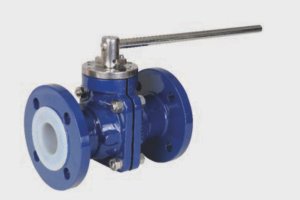
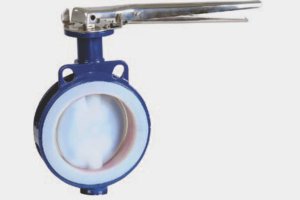
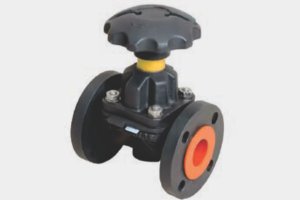
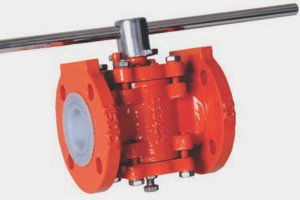
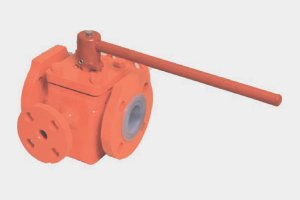
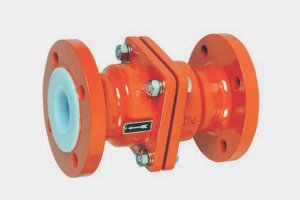

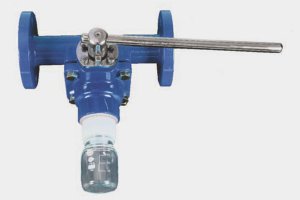
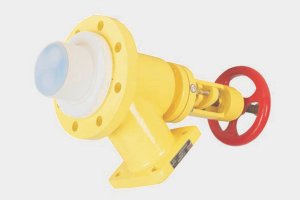
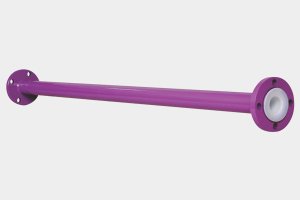
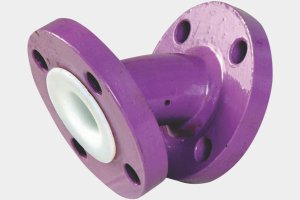
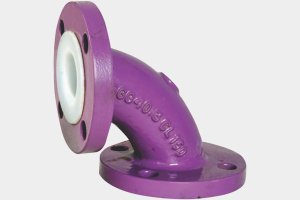
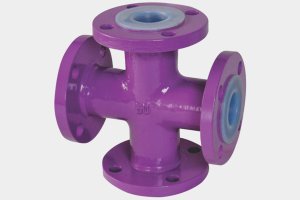
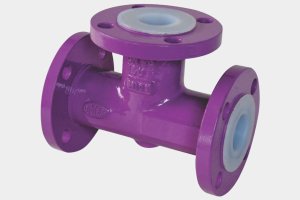
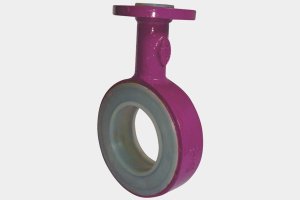
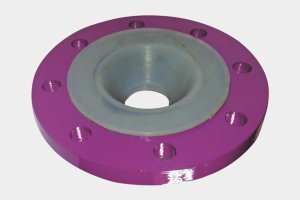
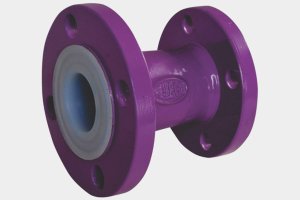
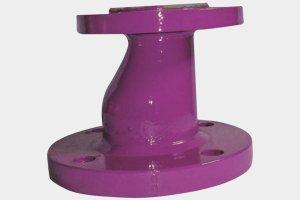
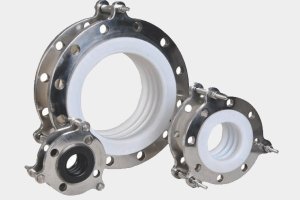
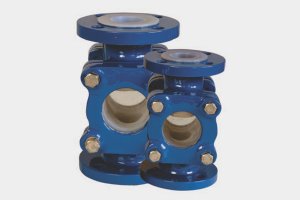
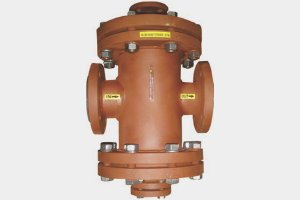
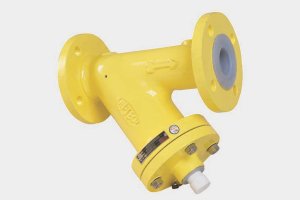

Connect with Us